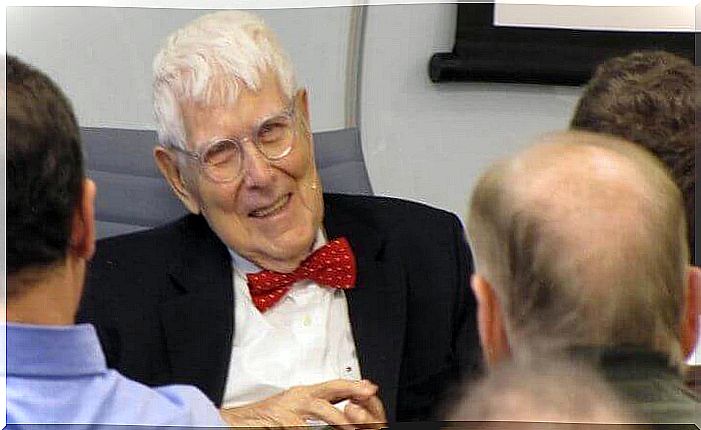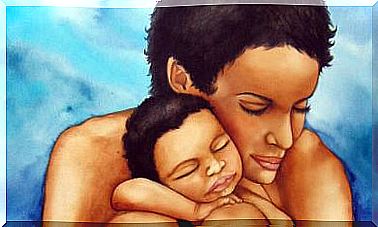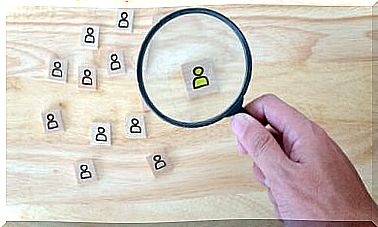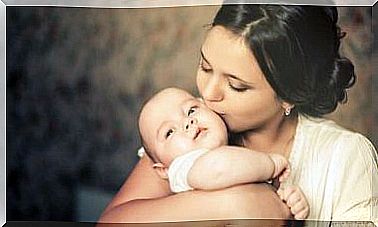What Is Cognitive Restructuring?
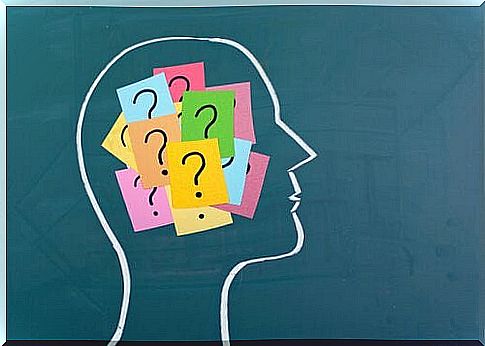
What would happen if your spouse left you? You would definitely say it’s horrible. But, is it really horrible? How many horrible things are there in the world? Is it more horrible that our spouse abandons us or that our child fails an exam? Are you wondering what these questions are for? Today we will talk about cognitive restructuring.
Cognitive restructuring is a technique that focuses on our thoughts. They teach individuals to change these maladaptive thoughts by helping others to suffer less. Cognitive restructuring is one of the most suggestive cognitive-behavioral techniques in a psychologist’s repertoire. If we change certain thoughts, we will change the emotions associated with it. So that we will feel better.
A thought is a hypothesis
Cognitive restructuring is when the person, with the help of the psychologist, identifies and challenges their maladaptive thoughts. The latter will thus be replaced by more appropriate ones and the emotional disturbance which appeared first will be reduced or eliminated.
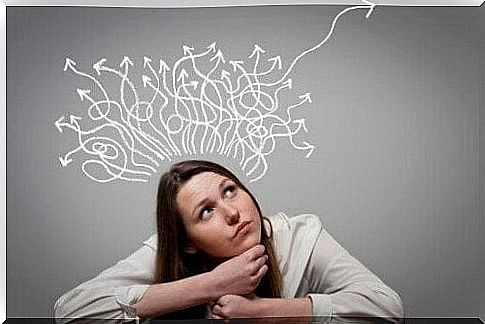
Thoughts are viewed as assumptions in cognitive restructuring. The therapist and the patient work together to collect the data that determines whether these assumptions are correct or useful. The therapist asks the patient a series of questions rather than telling him what the valid alternative thoughts are. He will then design behavioral experiments for the patient to assess and test their negative thoughts.
The patient will thus come to a conclusion about the validity or usefulness of such thoughts. We can see that the psychologist or the therapist does not impose anything. It is the patient himself who draws the conclusions from his experiments.
The theoretical bases of cognitive restructuring
Cognitive restructuring is based on certain theoretical assumptions. These theoretical assumptions are as follows:
- The way individuals cognitively structure their experiences has a fundamental influence on the way they feel and act, as well as their physical reactions. In other words, our reaction to a given event depends mainly on how we perceive it, participate in it, value it and interpret it.
Say we are with someone we met a short time ago. We like her, but half an hour went by without her appearing. We will feel sad and will not contact her again if we interpret that we are not interested in her.
But if we think the delay is due to some unforeseen event or confusion, our emotional and behavioral response will be very different. In addition, affect, behavior and physical reactions influence each other and help to maintain thoughts.
- We can identify the thoughts of individuals through methods such as interviewing, questionnaires and self-recordings. Some of these thoughts are conscious, some are preconscious, but the person is able to access them.
- It is possible to modify the thoughts of individuals. This can be used to achieve therapeutic changes.

The ABC model of cognitive restructuring
The cognitive model on which cognitive restructuring is based has been called the ABC model by some authors (eg, Ellis, 1979a). The three letters refer to the following:
The letter A refers to a triggering real life situation, event, or experience. For example, being criticized by someone dear to us or suspending an exam.
The letter B denotes the patient’s appropriate or inappropriate cognitions (thoughts) about the situation (A). Cognitions also refer to cognitive processes. These include perception, attention, memory, reasoning and interpretation.
The assumptions and beliefs of a person facilitate the appearance of certain errors in the processing of information. These errors or biases can be overgeneralization, filtering, dichotomous thinking, “catastrophizing”, etc.
Finally, the letter C refers to the emotional, behavioral and physical consequences of B (cognitions). For example, feeling fear, shaking and running away while threateningly interpreting the appearance of a dog approaching barking.
Emotions, behavior and physical reactions influence each other. They also help to maintain cognitions. In the ABC model, cognitions always precede emotion. The emotion can nevertheless exist for a few moments without prior cognitions.
A basic assumption in the use of cognitive restructuring is that cognitions play an important role in explaining human behavior in general and emotional disturbances in particular.
So we can see that events, in cognitive restructuring, are not in themselves responsible for our emotional and behavioral responses. It is the expectations and interpretations of these events, as well as the beliefs associated with them, that are responsible for how we feel and what we do.
